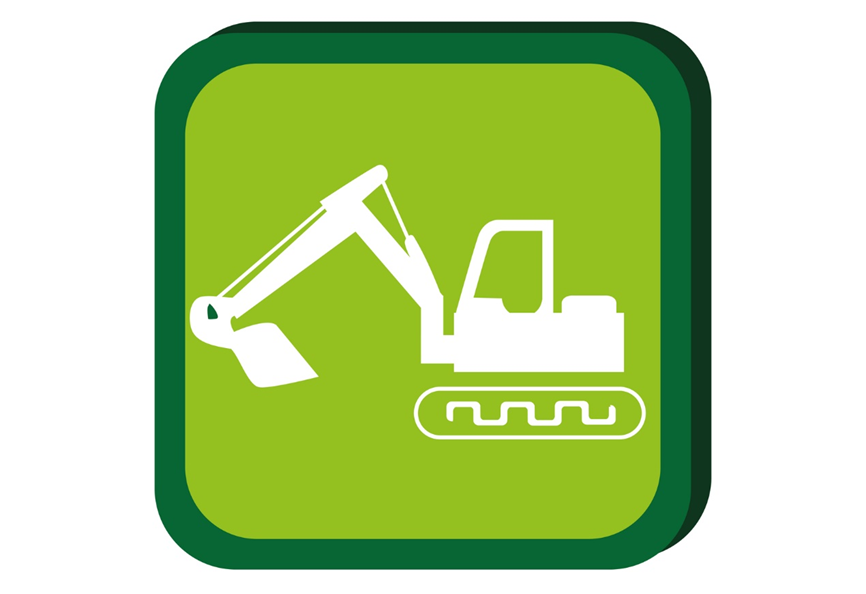Highlights
- The rising demand for energy transition metals has put an extra burden on the mining sector.
- The industry is looking for measures to limit environmental footprint while ramping up production.
- Biotechnology can help the mining industry lower its carbon footprint of.
The mining industry is often blamed to be responsible for adversely affecting the Earth’s environment inducing soil erosion, loss of biodiversity, and contamination of water resources.
The rising demand for energy transition metals has put an extra burden on the mining sector. As per the global management consulting giant, McKinsey, the demand for energy transition metals is anticipated to shoot up approximately 500% by 2050. To meet the whopping rise in the demand for these metals, the scale of mining needs to be magnified.
And, with increasing mining operations, the environmental impact of mining is bound to rise as well. In order to meet the growing demand, several new technologies are being implemented to minimise the environmental implications. The industry is looking for solutions to limit its environmental footprint while ramping up production.
Good Read: Fortescue makes another green move, buys Williams Advanced Engineering
Biomining could reduce mining environmental footprints

Source: © Vectorfusionart | Megapixl.com
Recent developments in the field of biotechnology suggest that biomining could help the mining industry reduce its carbon footprint. The technology can be applied across the entire mining supply chain, including mining, pre-processing of minerals, in-situ treatment, leaching remediation, and recycling.
What is Biomining?
Usually, toxic chemicals including sodium cyanide are used in mining for the extraction of ore in processes like heap leaching, creating arsenic, selenium, and mercury as byproducts. The neutralisation of these nasty metals requires the use of chemicals that affect the environment badly.
Also read: UK mulls ban on China’s investment in the nuclear energy sector
Biomining is an eco-friendly method of extracting minerals of economic interest from mines using microorganisms. The process involves the oxidisation of valuable metals with the help of microbes to allow them to dissolve in water. The metals are then recovered at a later stage. For minerals that can't be dissolved by microbes, a different technique can be used where microbes break down the surrounding material, making it easier to recover the mineral directly.
Is biomining common in the industry?
Currently, the technique is not prominently used in the industry. Frequently, it is used when the percentage of target metal in the rock is small. The technique is also commonly used to extract the remaining metals from the waste rock.

Source: © Gstudioimagen | Megapixl.com
With more technological advancements in place, the demand for biomining is expected to rise in the future. On 1 February 2022, the Digital Technology Supercluster of Canada launched the Mining Microbiome Analysis Platform (MMAP) project, which intends to build a repository of geochemical data and microbes extracted over 15,000 mine sites across the globe.
Also read: Is there a massive global energy crisis in the offing?
The platform is anticipated to extract the DNA from mining-site samples and identify microbes that can be used in biomining and bioremediation processes of the new mine-site.
Bottom Line
With the nations across the world clambering to achieve net zero emissions, biomining can emerge as a great tool to help the mining industry reduce its environmental footprint.COMM



